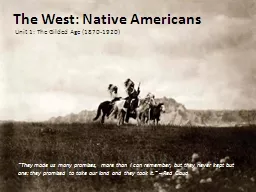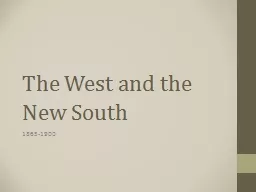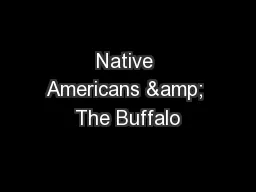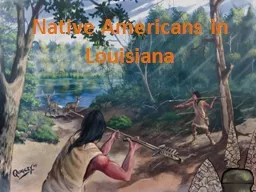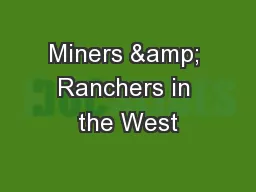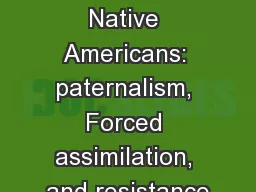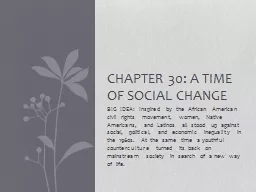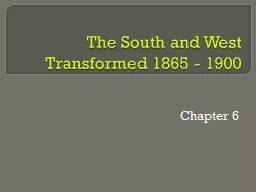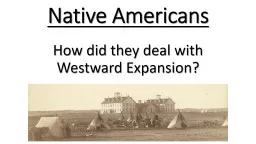PPT-The West: Native Americans
Author : natalia-silvester | Published Date : 2016-08-06
Unit 1 The Gilded Age 18701920 They made us many promises more than I can remember but they never kept but one they promised to take our land and they took it Red
Presentation Embed Code
Download Presentation
Download Presentation The PPT/PDF document "The West: Native Americans" is the property of its rightful owner. Permission is granted to download and print the materials on this website for personal, non-commercial use only, and to display it on your personal computer provided you do not modify the materials and that you retain all copyright notices contained in the materials. By downloading content from our website, you accept the terms of this agreement.
The West: Native Americans: Transcript
Download Rules Of Document
"The West: Native Americans"The content belongs to its owner. You may download and print it for personal use, without modification, and keep all copyright notices. By downloading, you agree to these terms.
Related Documents

